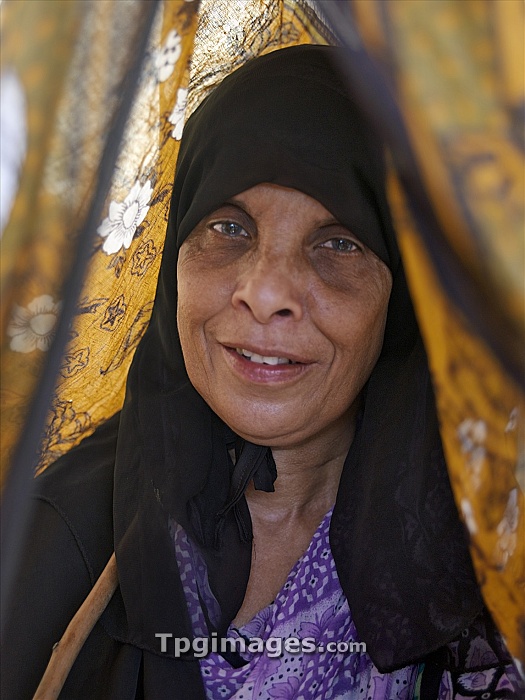
A Lamu woman demonstrates the use of the shiraa, a tent-like cloth held up with two sticks, which obscured the face and body of a woman when she ventured outside her home one hundred years ago. At the time they were in use, face veils, known locally as buibui, had not been introduced in the Lamu Archipelago. Situated 150 miles north-northeast of Mombasa, Lamu town dates from the 15th century AD. The island's importance lies in the fact that it has the only certain source of sweet groundwater in the entire district. The town was declared a World Heritage Site by UNESCO in 2001 because it is the oldest and best preserved Swahili settlement in East Africa. Moreover, its architecture and urban development graphically demonstrates the diverse cultural influences that came together over many centuries to produce a distinctively local Swahili style and culture.
| px | px | dpi | = | cm | x | cm | = | MB |
Details
Creative#:
TOP06633640
Source:
達志影像
Authorization Type:
RM
Release Information:
須由TPG 完整授權
Model Release:
NO
Property Release:
NO
Right to Privacy:
No
Same folder images:

 Loading
Loading